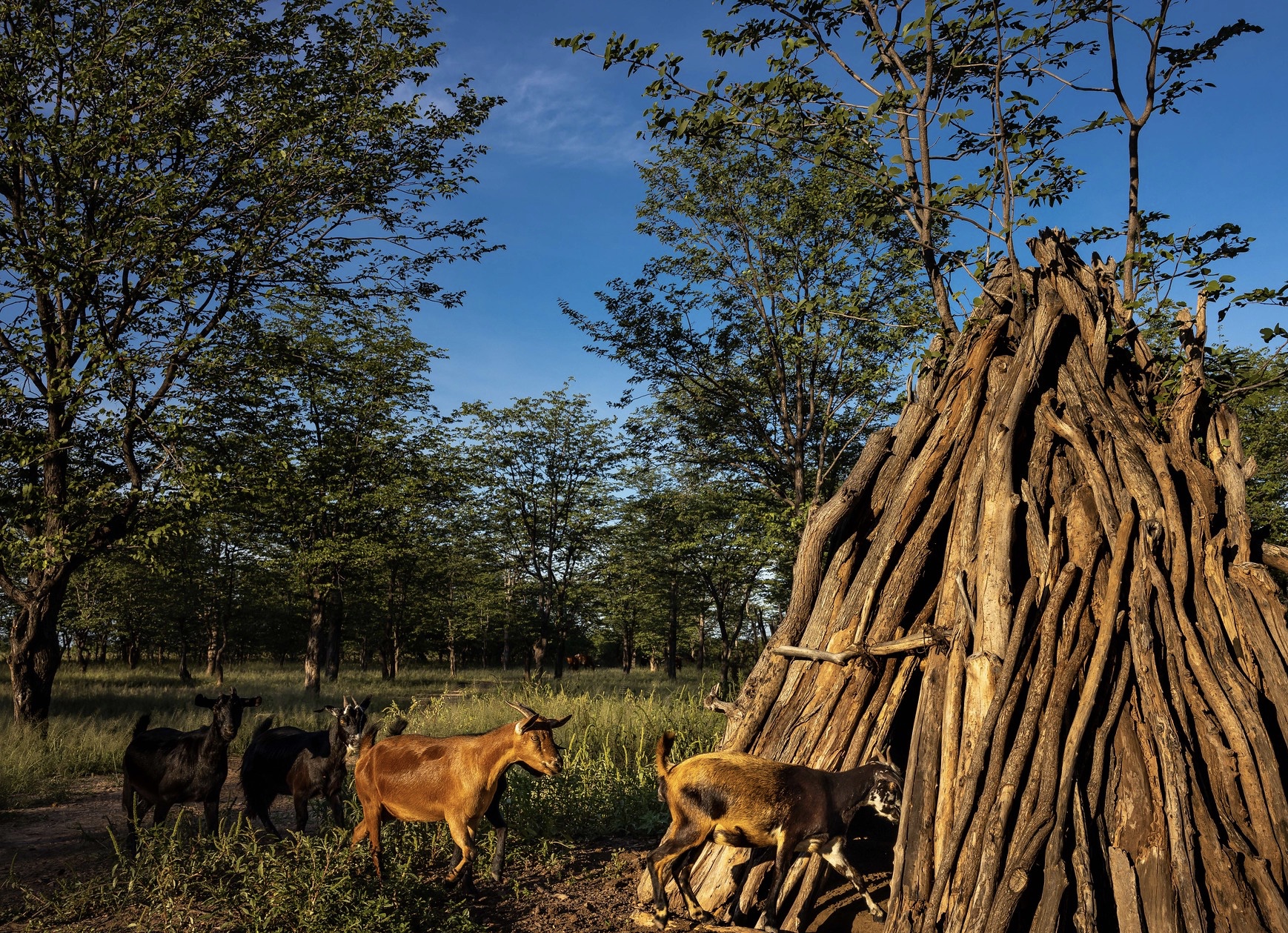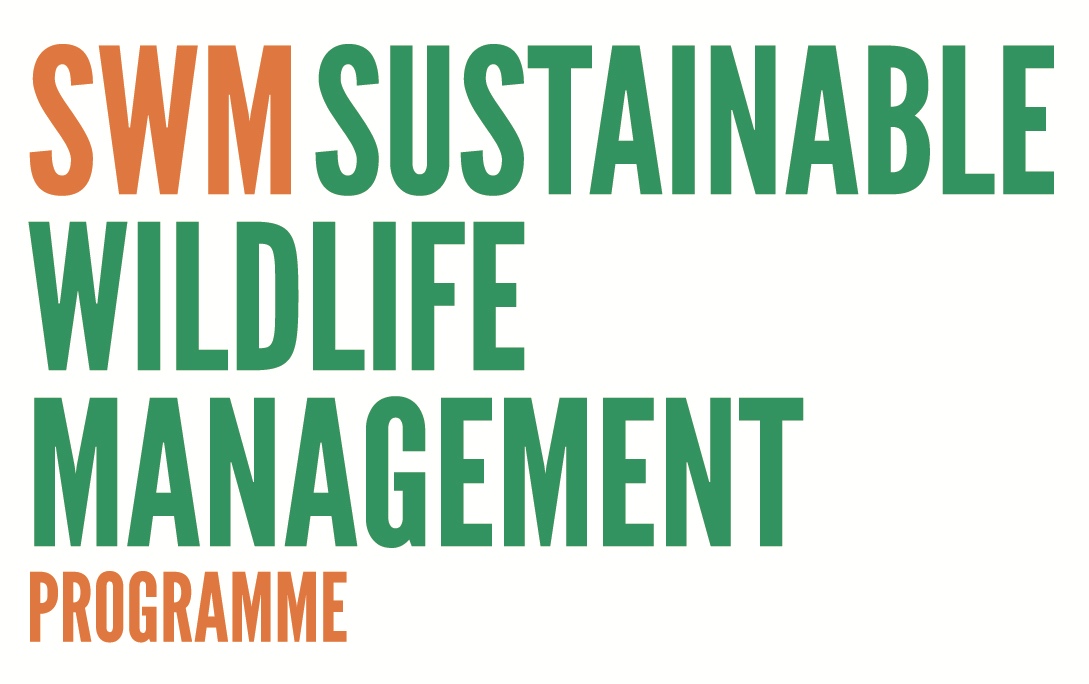Zimbabwe - Statutory law - Human wildlife conflict
Human wildlife conflicts

Zimbabwe
Summary
The Parks and Wildlife Act provides the legal framework for human wildlife conflict. It recognizes several human wildlife issues, which include the killing of wildlife that is considered a danger to humans, in self-defence, in defence of another person, or to prevent the spread of disease, and to control damage to property and nuisance. The main institutions responsible over human wildlife conflicts are the Minister of Environment and Tourism, the Parks and Wildlife Management Authority, and all ‘appropriate authorities’ (AAs) for land and water, including the environment committees of the Rural District Councils (RDCs). The Act provides that in a national park, the Parks and Wildlife Management Authority in concurrence with the Minister may authorize the killing of an animal considered a danger to humans, or causing damage to property. Further, the Authority may authorize the killing of an animal for the purpose of controlling the spread of disease. Within alienated land, the Minister in consultation with the environment committee of the RDC (also identified as ‘conservation committee’ by the Environment Management Act) may authorize the killing of animals that are causing excessive damage and nuisance. The Minister, acting in consultation with the Parks and Wildlife Management Authority, has powers that extend over any land to restrict hunting of any animal, either indefinitely or over a specified time, in order to control the spread of disease or for the protection of human life and property. With regard to fishing, the AAs have the power to introduce any chemical into the water to control the spread of disease or to make the water suitable for human and animal consumption. The Parks and Wildlife Act provides for the killing of wildlife without a permit only in self-defence or in defence of another person. Such killing should be immediately and absolutely necessary. The onus of proving that the animal was killed in self-defence or in defence of another person, and that it was immediately and absolutely necessary, falls on the person who killed the animal. The Act makes it mandatory for any person who kills an animal in self-defence or in defence of another person to report such action in person within seven days of the occurrence to the AA for the land on which the animal was last sighted. Alternatively, this action can be reported at the nearest convenient office of the Parks and Wildlife Management Authority or police station, or at the office of the local authority for the area concerned. The Act does not recognize the killing of wildlife in defence of property as a valid defence. Only the Authority in concurrence with the Minister, or the Minister on the recommendation of, or after consultation with, the Authority, or an environment committee of a RDC can authorize the killing of an animal causing excessive damage or nuisance.
HUMAN-WILDLIFE CONFLICTS
GENERAL REQUIREMENTS
The general provisions of the law in Zimbabwe do not allow for the killing of animals without a permit. However, it recognizes several human wildlife issues that include the killing of wildlife considered a danger to humans, in self-defence, in defence of another person, to prevent the spread of disease, and to control damage to property and nuisance. The Parks and Wildlife Act provides for the right to self-defence or in defence of another person in response to wildlife attacks. The Act provides that the killing of the animal should be in self-defence or in defence of any other person only if immediately and absolutely necessary. The right to self-defence only applies to person and does not extend to property. This defence should be exercised only in circumstances where it was immediately and absolutely necessary, since the burden of proving this defence rests on the party that raises it. A permit is not required to kill an animal in self-defence or in defence of another person. The Act makes it mandatory for any person who has killed or injured an animal in self-defence or in defence of another person to report such action in person within seven days of the occurrence to the ‘appropriate authority’ (AA) for the land on which the animal was last sighted. Alternatively, this action can be reported at the nearest convenient office of the Parks and Wildlife Management Authority or police station, or at the office of the local authority for the area concerned.
The Parks and Wildlife Act also provides for the killing of animals causing damage to property, considered a danger to humans or causing nuisance, and in order to control disease. The Act provides that, within national parks, the Parks and Wildlife Management Authority with the concurrence of the Minister may authorize the killing of an animal that is causing damage to property or that is a danger to humans. Further, the Authority may take measures it considers necessary or desirable for the prevention and control of human and animal diseases, including domestic animal diseases, and the control and limitation of quelea birds and locusts. The Minister may also, on the recommendation of, or after consultation with, the Authority, by notice in a statutory instrument, prohibit or restrict either indefinitely or for such period as may be specified in the notice, the hunting or removal of any animal or any specimen or sex of any animal or any part thereof in or from any area for the purpose of controlling the spread of disease. With regard to fishing, the AA for any waters may introduce any chemical into such waters for the purpose of rendering the water fit for human or animal consumption, or for preventing and controlling human and animal diseases. Within alienated land, the Minister, acting in consultation with the conservation committee of the Rural District Council (RDC) (now identified as ‘environment committee’ by the Environment Management Act) may issue a notice for the killing of animals causing excessive damage or nuisance.
The Act does not set a compensation framework for damage to property or loss of life suffered as a result of human-wildlife conflict. Further, the Act does not make provision for cooperative surveillance of wildlife at a local level and the environment committees of the RDCs do not generally have an obligation to monitor human-wildlife conflicts.
INSTITUTIONAL FRAMEWORK RELEVANT TO HUMAN-WILDLIFE CONFLICTS
INSTITUTIONAL SET-UP
There are several institutional bodies responsible over human wildlife conflict. These include the Minister of Environment and Tourism, the Parks and Wildlife Management Authority and the environment committees of the Rural District Councils (RDCs). The Parks and Wildlife Act provides that in national parks, the Parks and Wildlife Management Authority in concurrence with the Minister may authorize the killing of any animal that is causing damage to property or that is a danger to humans or for the purposes of preventing and controlling human and animal diseases. Further, the Minister may also, on the recommendation of, or after consultation with the Authority, by notice in a statutory instrument, prohibit or restrict, either indefinitely or for such period as may be specified in the notice, the hunting or removal of any animal, in or from any area or areas defined in the notice where it deems it necessary to do so for the control of the spread of disease, or the protection of human life and property. Within alienated land, the Minister, acting in consultation with the conservation committee of the RDC (also identified as ‘environment committee’ by the Environment Management Act) may issue a notice for the killing of animals causing excessive damage or nuisance. With regard to fishing, the ‘appropriate authority’ (AA) for any waters may introduce any chemical into such waters for the purpose of rendering the water fit for human or animal consumption, or preventing and controlling human and animal diseases.
INSTITUTIONAL COOPERATION AND COORDINATION
The Parks and Wildlife Act provides that the Minister of Environment and Tourism must act, either on the recommendation, or after consultation with, the ‘appropriate authority’ (AA) before taking measures to kill animals that are causing damage to property or nuisance. Within the national parks, the Parks and Wildlife Management Authority must act in concurrence with the Minister before authorizing the killing of any animal that is causing damage to property or that is considered a danger to humans, or for the purposes of preventing and controlling human and animal diseases. Within alienated land, the Minister must act in consultation with the conservation committee of the Rural District Council (RDC) (also identified as ‘environment committee’ by the Environment Management Act) before issuing a notice for the killing of animals causing excessive damage or nuisance.
DELEGATION OF POWERS
The Parks and Wildlife Act permits the Director General of the Parks and Wildlife Management Authority with the Board's consent to delegate powers delegated to him/her to Directors and officers. It is also made clear that delegation does not include delegating powers that are not originally given to the entity.
